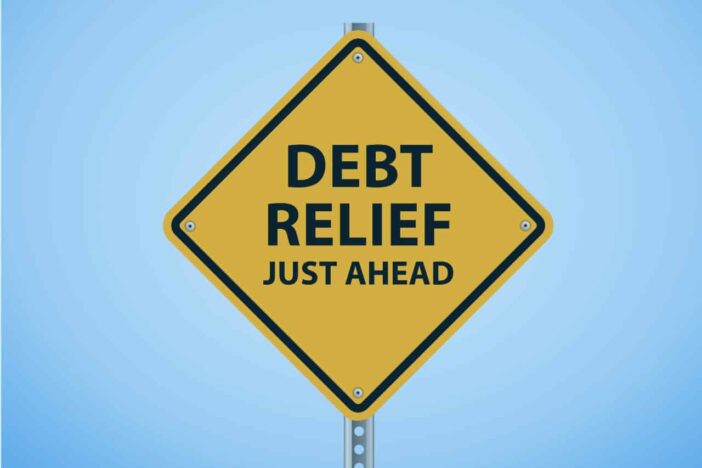The words “debt relief” can be a godsend during times of financial crisis. Whether you’re drowning under student loan debt from your expensive college or graduate education, or have outstanding secured and unsecured loans for general lifestyle acquisitions, aid is available.
Before you obtain an understanding of how does national debt relief works, you should first understand the nature of the debt, in general. The interest rates that you’re paying for unsecured debt are derived from your credit rating, which is a measurement of your creditworthiness.
As you continue to pay your monthly dues on time, your credit score will almost certainly rise throughout the year. This makes it possible for you to renegotiate your rate with most credit agencies, as the risk that they’re undertaking by lending you money is diminishing – and the rate should reflect this.
Details on Loan Types
After the unsecured loan, which covers the majority of loan types – student loans, credit card payments, personal loans (usually), etc – you have the secured loan. This one doesn’t much care about your credit history, because the creditors take collateral in exchange for the line of credit they extend to you. This could be your mortgage, boat payments, etc; basically, anything where, if you don’t pay, the lending agency can place a lien on your assets and physically claim them. Auto loans also fall in this category, as well as in the unsecured loan category because of the interest payments.
The Steps to National Debt Relief
The process of debt relief consists of first seeking counseling with your credit situation. This is important and, although it can be done on your own, a seasoned professional will know a lot of the “loopholes” from which you can benefit.
The above leads to a debt management program, in which a company specializing in national debt relief sets up an escrow account for you to pay a manageable amount into, and in return, takes on your outstanding loan for you.
You can ask questions to a third-party collections agency to be informed.
The benefits of this are manyfold because your former creditor will be much more willing to deal with an agency on your behalf (favorably) than with you. Think about it as like having a cosigner with top-notch credit in your pocket. The payments you make to the escrow account will be manageable, as you and the debt management agency will have worked together to ensure that this is so.
Debt Settlement As a Last Case Scenario
This is something that people in debt turn to when they are close to bankruptcy (usually). It’s a way to avoid the 7-year blight on your record that comes with declaring Chapter 7. With this option, you negotiate directly with your creditor and promise to pay a lump sum (which is a sizable fraction of the total); after which, the remainder of the debt will be forgiven. It’s not all that different, quantitatively than what you would go through with a collection agency – other than the blight on your credit history with the latter.
Debt Consolidation
Before you consider debt settlement, take a look at debt consolidation. There are many options out there for combining your outstanding loans into a single monthly payment, at a lower rate of interest. By taking advantage of these, you’ll be paying more money towards the original principal you borrowed, instead of so much towards the interest. There are certain conditions to this, of course, and a short search online using various debt calculators will apprise you of most of them.





